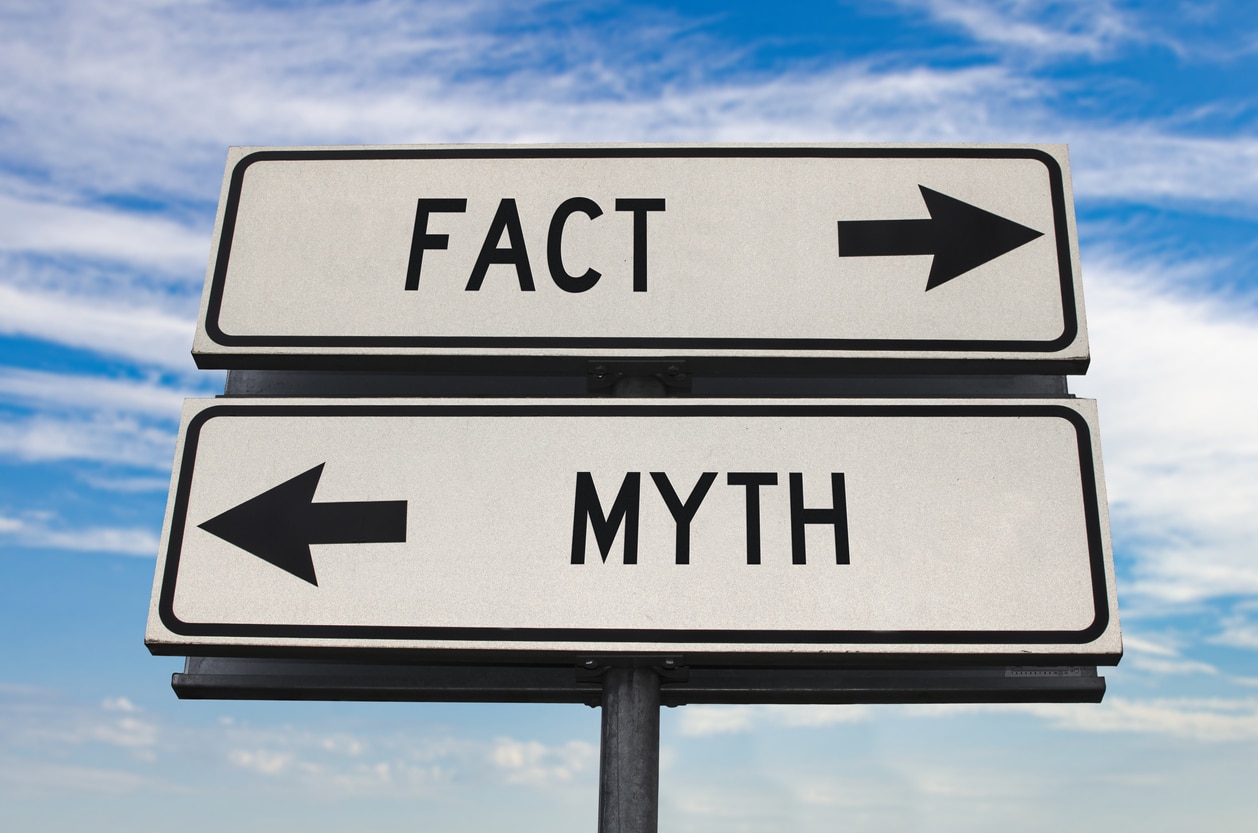Over the last 40 years, autism research has shifted from treating autism as one specific kind of disease toward a spectrum of developmental conditions known as Autism Spectrum Disorder (ASD).
At Imagine Pediatric Therapy, we understand that, essentially, ASD is different in different people. The language used to diagnose and treat autism allows for a variety of symptoms, experiences, treatments, and outcomes. While the concept of a “spectrum” accounts for these varied experiences of patients and their families, it also makes finding exact information about ASD difficult.
And when information is hard to find, misinformation will fill the void.
The most obvious example of this misinformation around ASD dates to Andrew Wakefield’s 1998 efforts to establish a link between autism and vaccines. Wakefield examined childhood vaccinations and the developmental delay that autism is thought to cause and attempted to prove a causal link between vaccination and autism. The Lancet, which originally published the article, ultimately retracted the article, Wakefield’s co-authors disavowed the study, and Wakefield himself was removed from medical registers in the United Kingdom.
Wakefield’s misleading conclusions got so far ahead of the actual facts that numerous studies and trials have been devoted to disproving this myth. Some scientists describe the work of debunking the autism-vaccine myth as the most extensive epidemiological study ever undertaken.
The latest, evidence-based research has determined that nearly 25% of ASD diagnoses can be traced to underlying genetic causes. However, that means 3 out of every 4 ASD patients have no clear cause for their disorder.
Scientists are currently working with the hypothesis that certain genes interact with certain environmental factors and result in ASD, but those genes and factors haven’t been clearly identified. We do know that vaccines are not one of those factors. There are higher risks for ASD in children with siblings who have ASD, who have older parents, and/or had a low birth weight. It’s important to remember that “higher risk” does not mean these traits cause ASD, just that ASD and these traits are (slightly) more likely to occur together.
Maternal health and medication use during pregnancy are another set of environmental factors associated with a higher risk for ASD, but it’s still unclear what the real relationship is between ASD and these factors. Research has shown an increased risk for ASD in children whose mothers used acetaminophen while pregnant; some studies indicate the risk is associated with prolonged exposure rather than limited or one-time use. Much more research is needed.
That research will determine if the acetaminophen-autism correlation turns out to be something more than a coincidence – or if misinformation mills will turn this into another lie about ASD and its causes.
Taking into account everything we now about ASD (which isn’t nearly enough), it is extremely unlikely science will pinpoint a single underlying cause.
What’s clearer to see is how misinformation limits our ability to diagnose and treat ASD. Every study that must be devoted to disproving a myth uses resources that would be better used trying to determine the cause of the remaining 75% of ASD diagnoses with no known genetic origin.
Scientists are currently trying to develop a range of subtypes along the spectrum, and working to categorize the ways that account for the genetic, environmental, and behavioral traits that we suspect impact ASD. With a more robust sense of the spectrum, researchers hope to develop better and earlier treatments and therapies that provide improved outcomes for patients and families.
Do you have questions about therapies that can help your child? Call 312-588-5050. Imagine Pediatrics Therapy is always happy to help!



